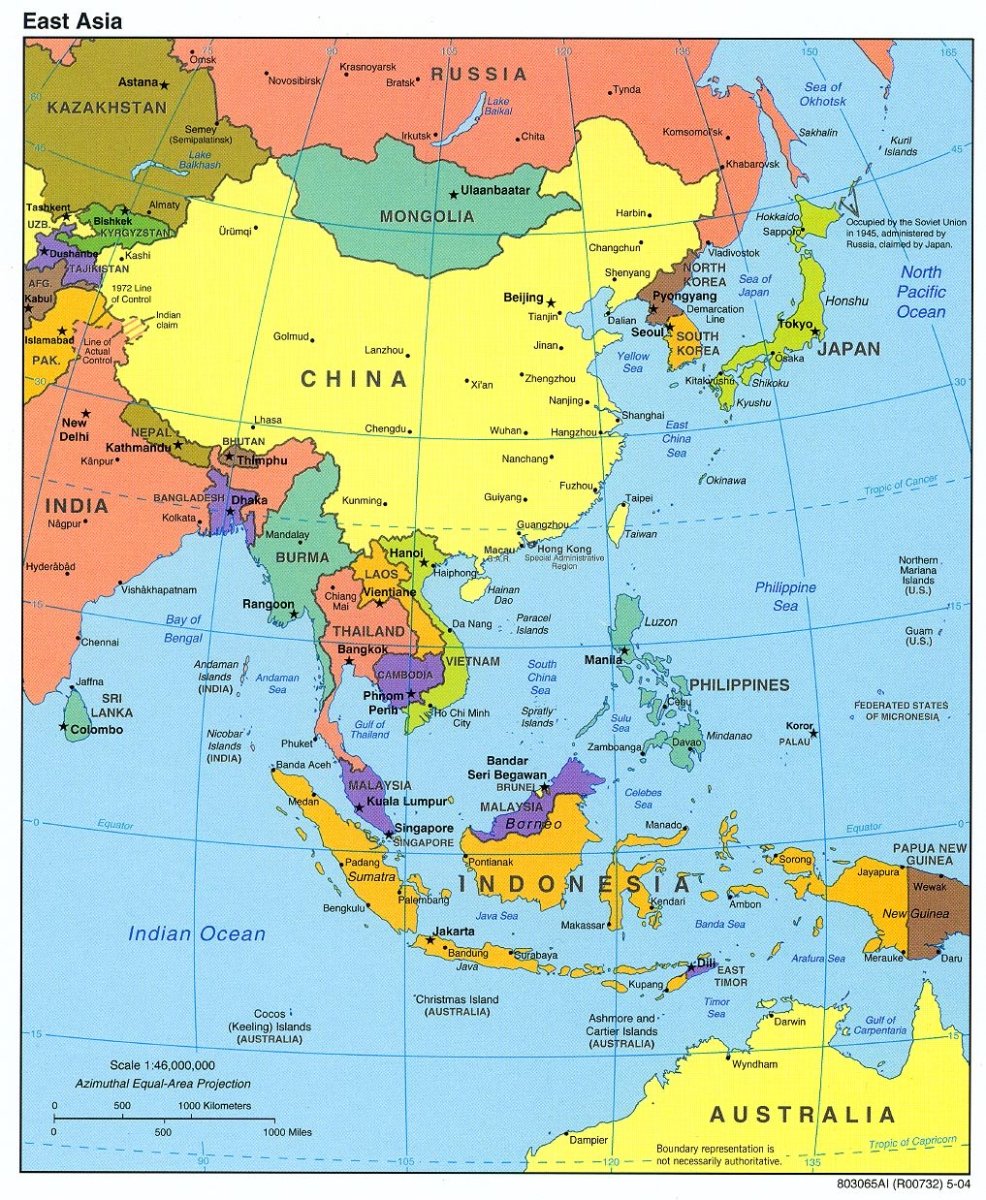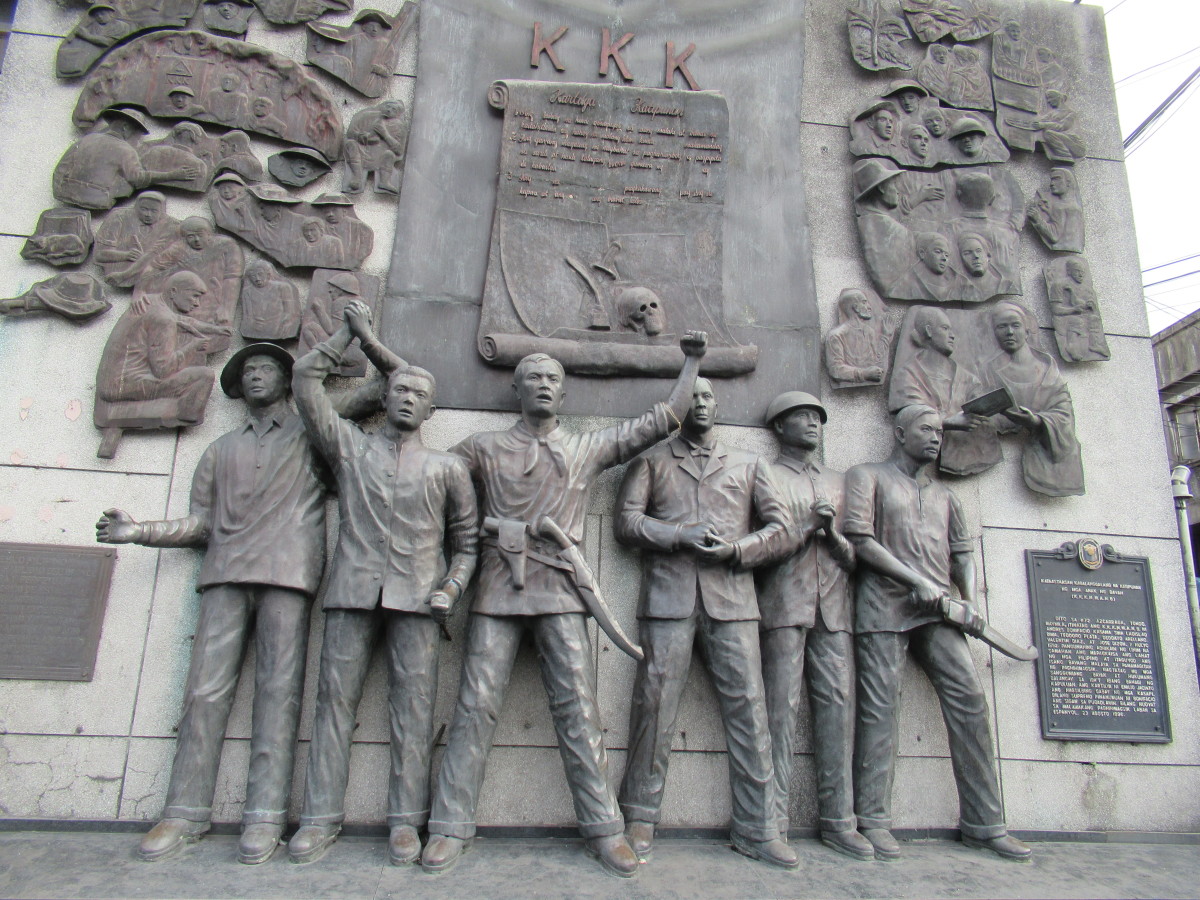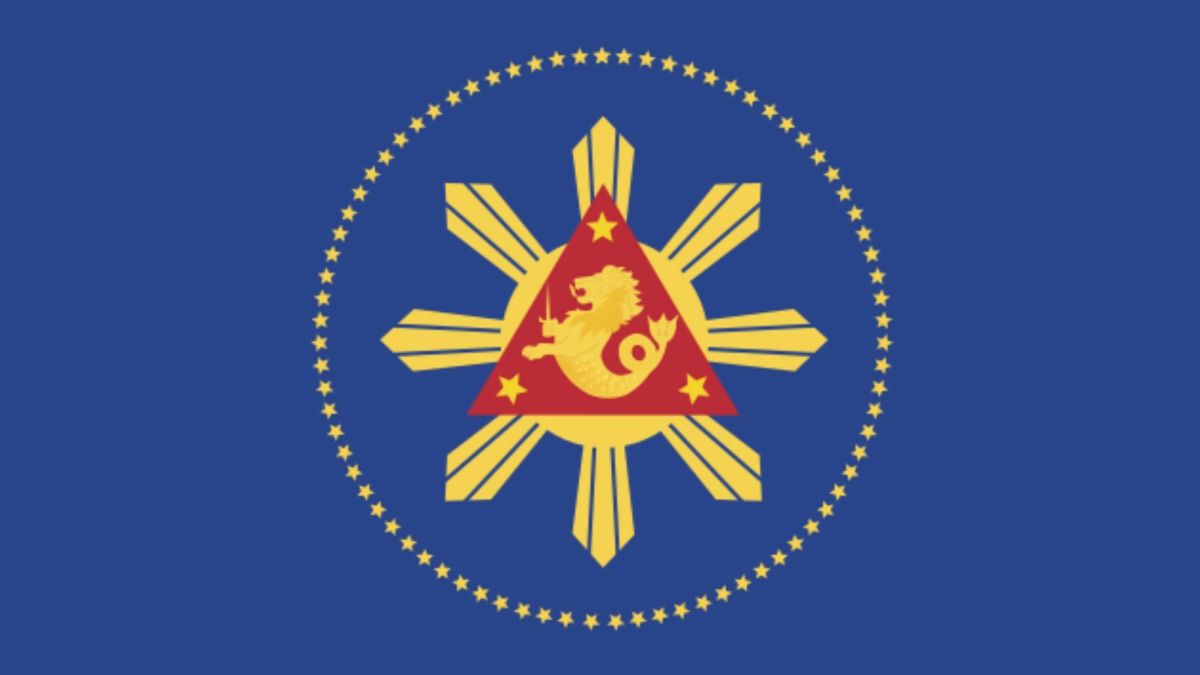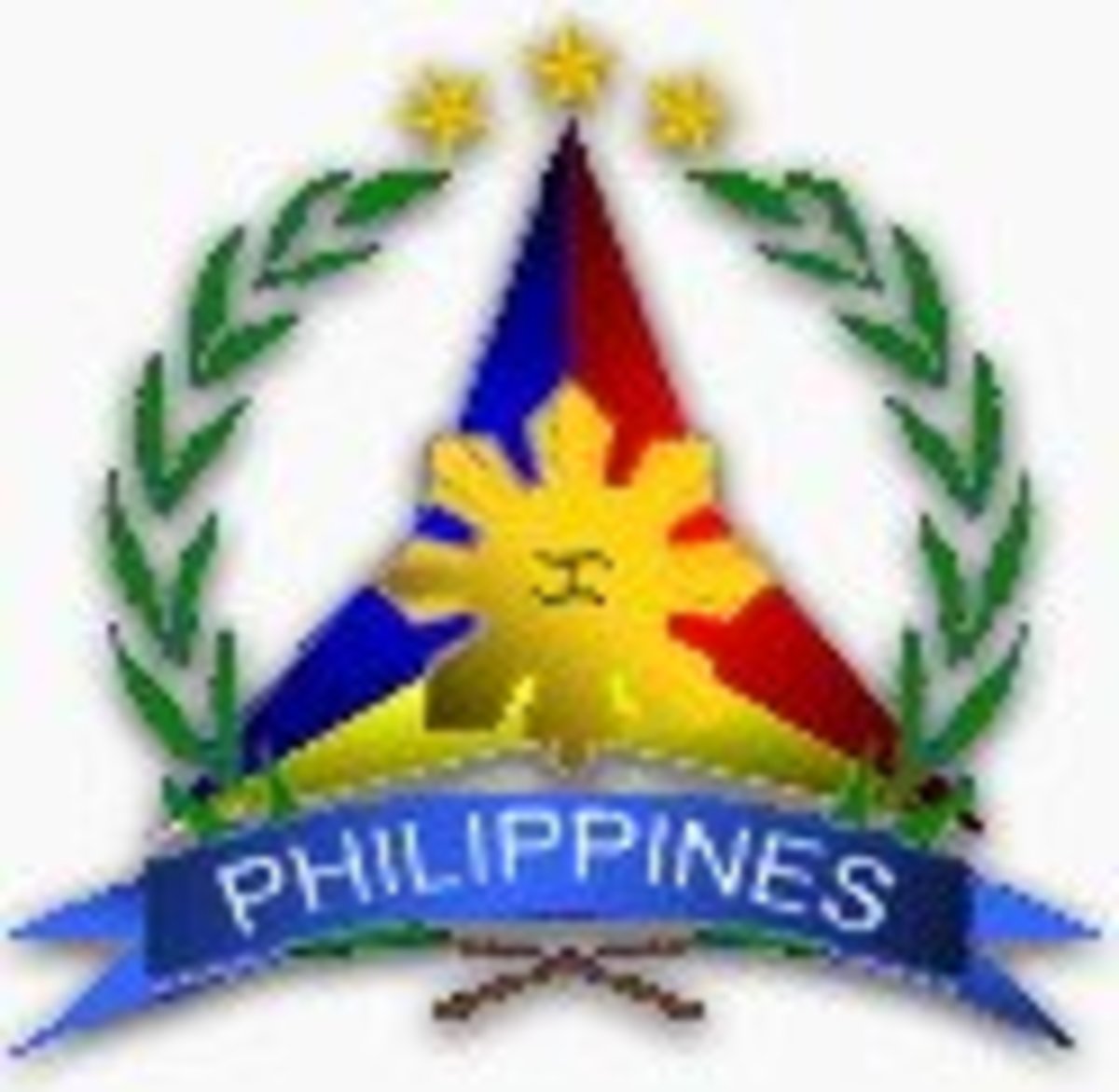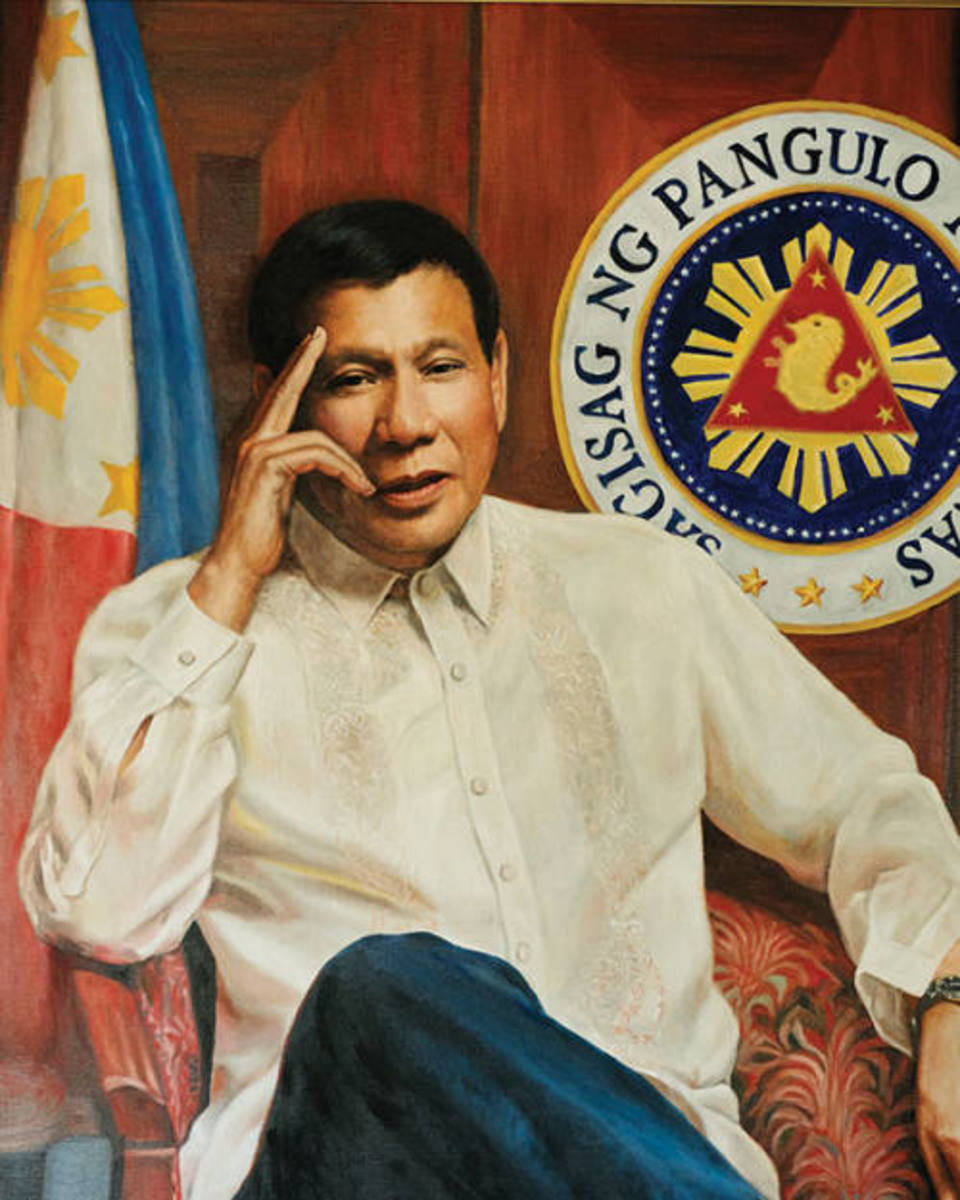The Birth of ASEAN
ASEAN official Logo
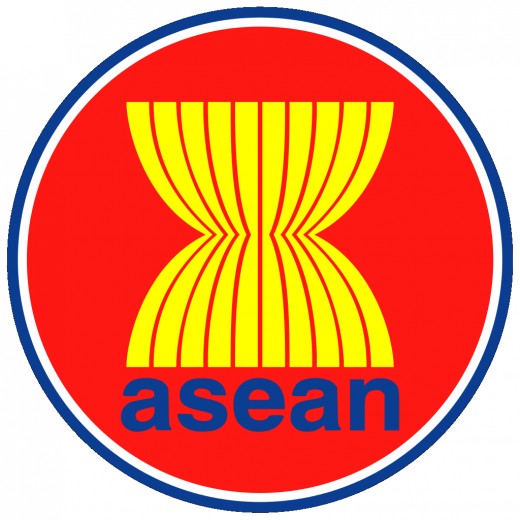
The Birth of ASEAN Organization
Association of Southeast Asia (ASA), MAPHILINDO (Malaysia, Philippines, and Indonesia), and Southeast Asia Treaty Organization (SEATO) are just some of the organizations established but ceased to exist before the formation of ASEAN as an organization.
The Federation of Malaya, Philippines, and Thailand formed the ASA, the year 1961, but because of territorial disputes between the member countries, the organization became unsuccessful. Last 1962, MAPHILINDO was established, and just like other organizations, this ended because of the want to control certain lands. As to SEATO that was founded last 1954 by the United States for the purpose of collective defense in Southeast Asia which had dormant members and not aligned regionalism terms, hence, making the existence of organization futile.
We can say that most of the pre – ASEAN organization were established with different objectives but has a common ground which is to address the current issues at that time such as regional peace and national security. If we are going to take a look at ASA and MAPHILINDO, the common denominator for the unsuccessful formation was territorial disputes. On the other hand, SEATO was formed to counter the growing communist threat in the region because of the Cold War not to mention that it is a regional cooperation externally sponsored by the United States against Russia. To sum it up, all organizations failed due to the poor commitment in terms of regional cooperation, preservation of national interest of each member, and not focusing in economic development for the welfare of all the country members.
The ASEAN Declaration, also known as the Bangkok Declaration, is the conception of the Association of Southeast Asian Nations (ASEAN). This declaration exists because of the five leaders of Indonesia, Malaysia, Philippines, Singapore, and Thailand. These five foreign ministers were named as the Founding Fathers of the said organization. The two-page Bangkok Declaration not only contains the rationale for the establishment of ASEAN and its specific objectives. It represents the organization’s modus operandi of building on small steps, voluntary, and informal arrangements towards more binding and institutionalized agreements. All the founding member states and the newer members have stood fast to the spirit of the Bangkok Declaration. Over the years, ASEAN has progressively entered into several formal and legally-binding instruments, such as the 1976 Treaty of Amity and Cooperation in Southeast Asia and the 1995 Treaty on the Southeast Asia Nuclear-Weapon-Free Zone.
The ASEAN declaration initially only contains five articles. Having said so, these articles aims and purposes were all about the cooperation of the member countries in terms of the economic, social, cultural, technology, and education. In relation to this, the declaration also promotes regional peace and stability through respect for justice and the rule of law parallel with the principles of the United Nations Charter. With this, the ASEAN was proclaimed as “a representation of the collective will of the nations of Southeast Asia to bind themselves together in friendship and cooperation and, through joint efforts and sacrifices, secure for their peoples and for posterity the blessings of peace, freedom, and prosperity.”
Thanat Khoman of Thailand invited the neighboring countries to settle their disputes among other countries. The banquet marking of reconciliation brought the idea of forming an organization for regional cooperation. Building the organization was not easy just because of the internal differences between these countries. For an instance, Adam Malik of Malaysia agreed in the formation of a new regional organization but then has to seek further counseling with his own government. After how many deliberations, Thailand and Malaysia invited the former members of Association for Southeast Asia (ASA) such as the Philippines and Indonesia plus Singapore to attend the banquet in Bangkok. August 1967, the said five foreign ministers isolated themselves for four days in a resort. In here, they negotiated over the articles that the documents will be containing. The negotiation itself was not easy just because of the fact that these countries have different cultures. Cultures that is unique in each and every one of them. But as all differences should end, the ministers compromised.
The goal of ASEAN, then, is to create, not to destroy. The member countries should be willing to take responsibility for whatever happens to them. The Southeast Asian Nations are bound together by ties of friendship and goodwill. It is also said that it is important that the member countries should create a deep awareness that they cannot survive for long if the countries will remain independent. Being a member of the ASEAN will make the countries think not only nationally but rather regionally, failed to do so, the regionalism will remain as a utopia. ASEAN’s objective should be building a new society that will be responsive to the needs of the members and efficiently equipped to bring about the enjoyment and the materials as well as spiritual advancement of the people and conditions stability and progress. These are just some of the main goals of the ASEAN and the five countries are determined to live with these beliefs.
The Foreign Minister of Thailand closed the inaugural session of ASEAN by presenting each of his colleagues with a token. Inscribed on the token presented to the Foreign Minister of Indonesia, was the citation, “In recognition of services rendered by His Excellency Adam Malik to the ASEAN organization, the name of which was suggested by him.”
And that was how ASEAN was conceived, given a name, and born!
References:
The Bangkok Declaration. ASEAN J., vol. 2 no. 4 (Nov. 1977), pp. 4-5
ASEAN (n.d) History: The Founding of ASEAN. Retrieved from: http://asean.org/asean/about-asean/history/

